
When mating is desired, check the genital area of the doe. If she is ready to breed, the skin will be quite red, rather than pale pink. It is usual to transfer her to the buck's cage, and leave the...
When mating is desired, check the genital area of the doe. If she is ready to breed, the skin will be quite red, rather than pale pink. It is usual to transfer her to the buck's cage, and leave them together. Assuming both animals are in good condition, mating normally occurs quite soon afterward. A buck will be capable of mating several times during the course of a week, but do not encourage this more than necessary, especially with a young buck, if a high level of fertility is to be maintained. After mating, house the doe on her own and provide her with an appropriate nesting box. Several days before the birth, the doe will prepare a nest for her litter, lining it I with hair pulled from her body. This process is described as kindling in the case of rabbits.
If you require another litter from a particular doe, mating can again take place from six to eight weeks after the preceding litter was born. After an unsuccessful mating, however, a false pregnancy can arise. The doe will then attempt to build a nest as early as the seventeenth day after mating. Once it is clear that the doe is not pregnant, she can be mated again. Under normal circumstances, it is possible to detect pregnancy by carefully feeling the abdomen twelve days after mating, when the fetuses will be apparent. The most noticeable increase in size does not occur until the last week, however. It is better not to interfere and handle the doe excessively, but allow nature to take its course. In most cases, things run quite smoothly.
Rearing
The gestation period lasts about thirty-one days and the young are then born naked. An average litter consists of between six and nine offspring. After a successful birth, avoid disturbing the nest if all appears to be going well, especially in the case of a maiden doe with a first litter. Excessive interference at this stage can lead to the doe neglecting her litter or, worse still, cannibalizing the offspring. When inspecting the nest, touch the doe first so as to transfer her scent to your hands; in this way she will be less disturbed by the process.
Young rabbits grow rapidly, and their fur will appear by the fourth day. Their eyes should be open by nine days, and they will start to leave their nest about a week later. By the age of one month, the young rabbits will be almost independent. If you are ringing the young for exhibition purposes, do this when they are being weaned, before the ankle joint grows too big to slide the ring over.
Problems can arise during the rearing period, and you may hear the young rabbits calling if they are distressed or short of food. If this happens, first check the doe to see if she is suffering from an infection of the nipples, called mastitis. In this state, the glands are at first red and tender, but rapidly turn blue, when the condition is described as 'blue breast'. Treatment can be very difficult once infection is advanced and, to complicate matters, it is difficult to hand rear orphan rabbits successfully. Therefore, consult a veterinarian without delay if you suspect that your doe could be suffering from mastitis.
In terms of nutritional balance, the best substitute for doe's milk is goat's milk, which may be available from a health food store. Give this to the youngsters by means of a feeding dropper, which can be acquired from a pharmacist. It is not possible, however, to compensate effectively for the natural immunity which a doe transfers to her offspring in the form of antibodies. This leaves orphaned rabbits at increased risk from infection until their own immune systems are fully operational at weaning.
Article Tags: After Mating, Young Rabbits
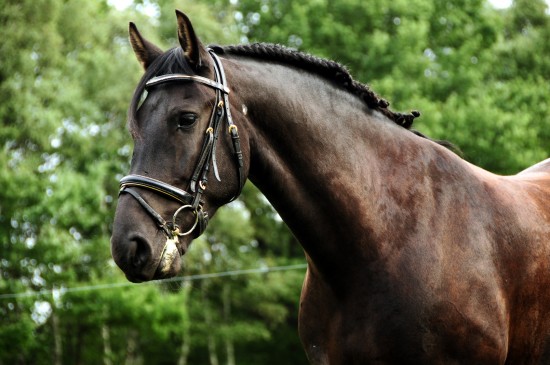 Caring For Your Horse After Vigorous Exercise
Caring For Your Horse After Vigorous Exercise
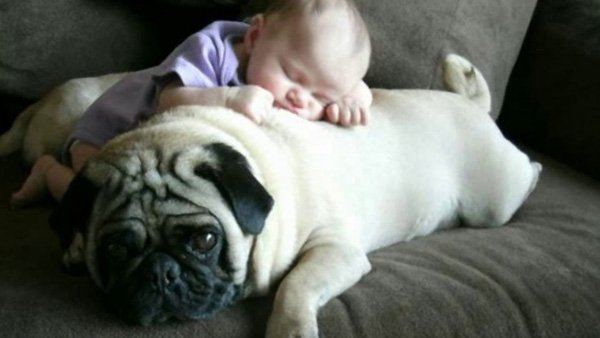 Importance of dog training schools and boarding services for your pet
Importance of dog training schools and boarding services for your pet
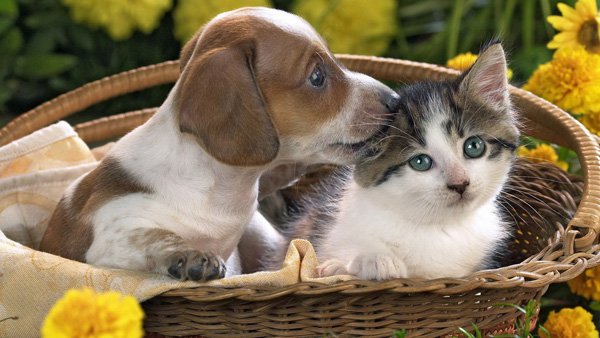 Clothes for dogs are a safe option this Independence Day
Clothes for dogs are a safe option this Independence Day
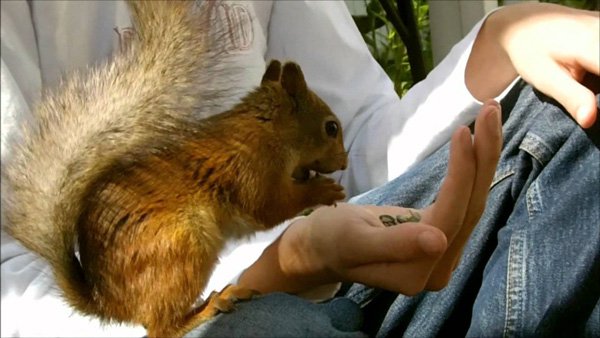 Does your dog do its exercise?
Does your dog do its exercise?
 3 Smart Ways Of Making Sure Your Pet Is Happy When Youre Not Around!
3 Smart Ways Of Making Sure Your Pet Is Happy When Youre Not Around!
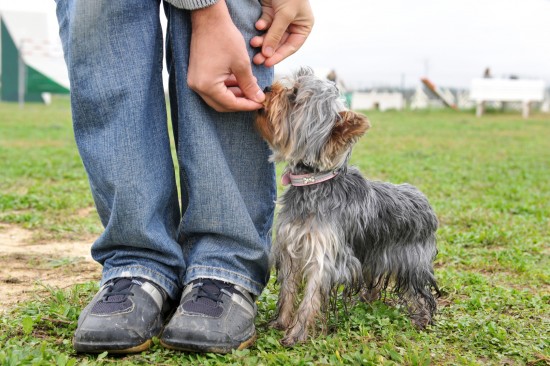 How To Get Your Dog Ready For A Training Class Or Session
How To Get Your Dog Ready For A Training Class Or Session
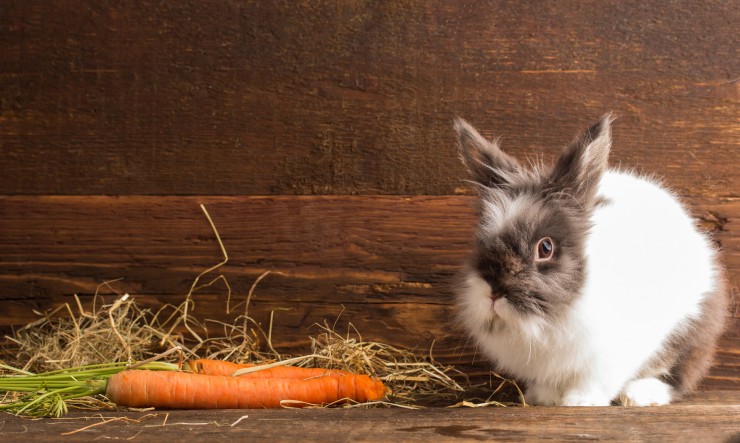 Information On Foods That Are Poisonous Or Dangerous For Rabbits
Information On Fo
Information On Foods That Are Poisonous Or Dangerous For Rabbits
Information On Fo
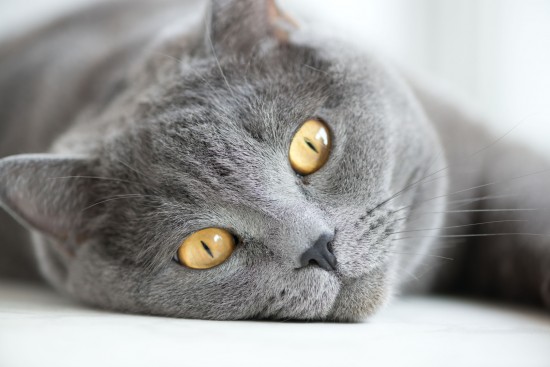 8 Cat Myths De-mystified
8 Cat Myths De-my
8 Cat Myths De-mystified
8 Cat Myths De-my
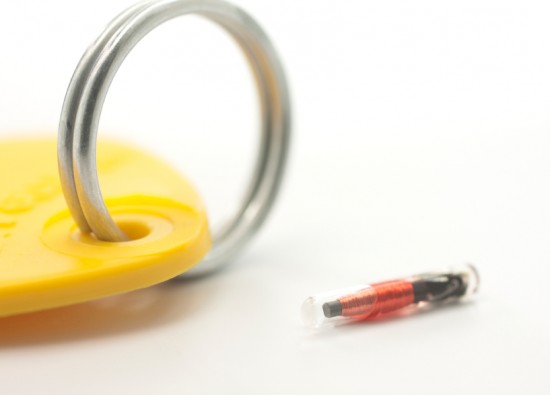 A Guide To Microchipping Your Pet
A Guide To Microc
A Guide To Microchipping Your Pet
A Guide To Microc
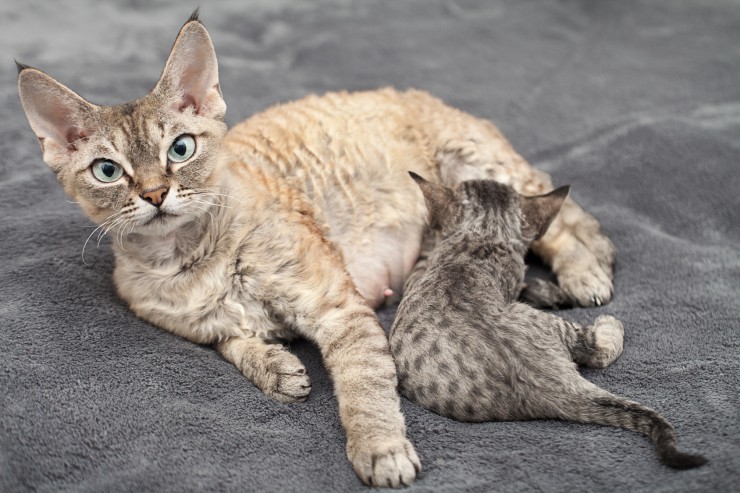 Ten Tips On Caring For A Pregnant Cat
Ten Tips On Carin
Ten Tips On Caring For A Pregnant Cat
Ten Tips On Carin
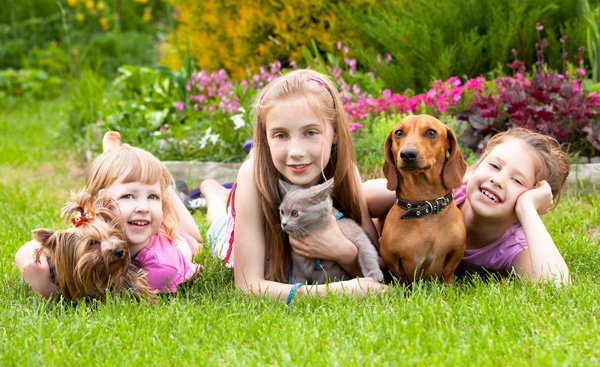 Tips and Tricks for You to Keep Your Rabbit Hutches Clean and Tidy
Tips and Tricks for You to Keep Your Rabbit Hutches Clean
Tips and Tricks for You to Keep Your Rabbit Hutches Clean and Tidy
Tips and Tricks for You to Keep Your Rabbit Hutches Clean
Copyright © 2005-2016 Pet Information All Rights Reserved
Contact us: www162date@outlook.com